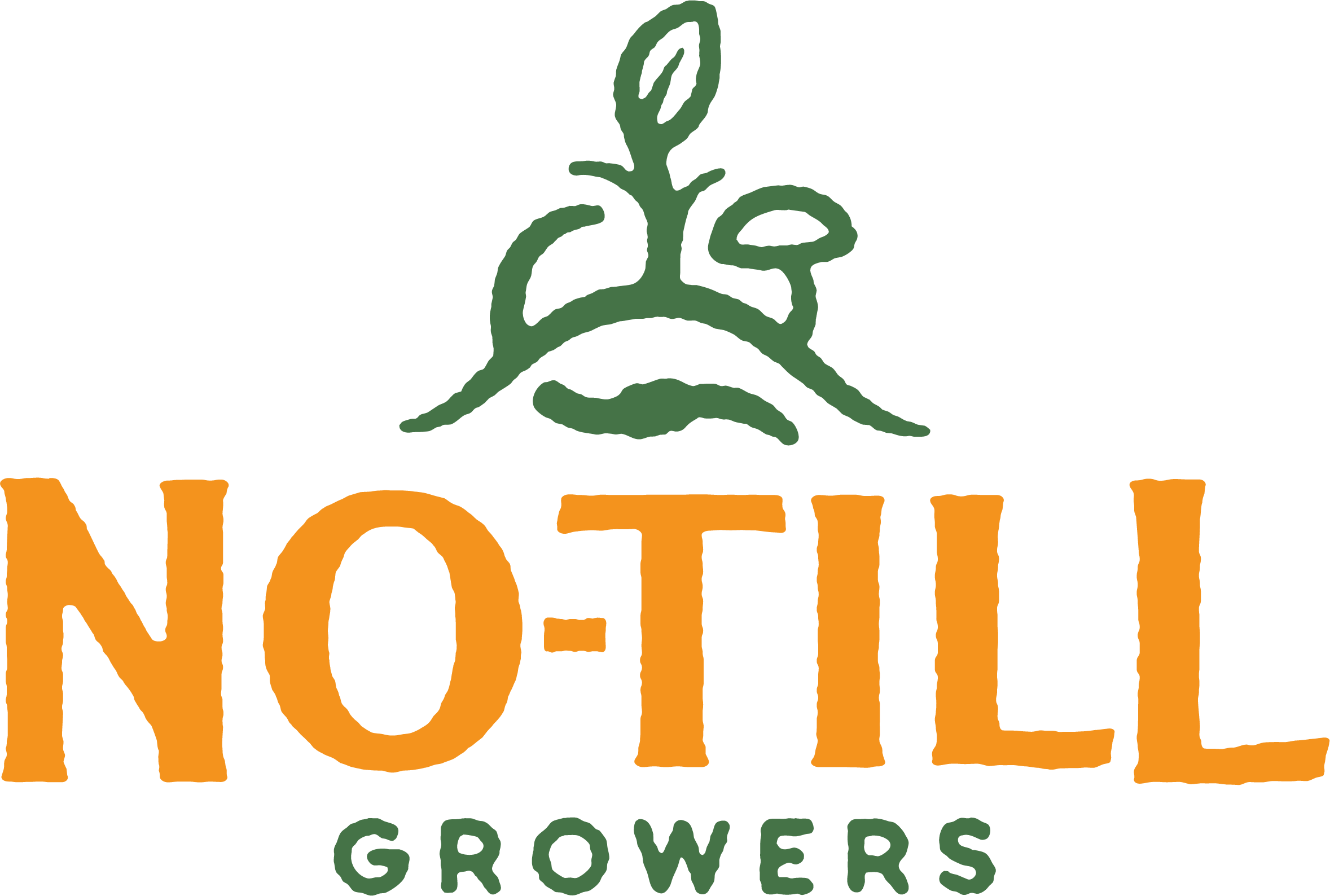There’s More than One Way to No-Till, Farmer Jesse
I regularly come across comments or posts or videos that refer to no-till in very restrictive terms: “Oh, no-till is cool, but it uses so much compost.” Or, “I’d like to go no-till, but I don’t have any good straw producers around for all that mulching.”
This is very familiar to me as I was under the impression for many years that the only way anyone could go no-till was with straw mulch. That was the entirety of my understanding of how to no-till, and I tried that. For two years. It was too much labor, too hard to get good mulch, and too many weeds as a result.
I get it, but it’s unfortunate that this knowledge deficit persist, because the reality is that there are myriad of ways to not till and still run a successful market garden. I know that now, but for years I had no idea and, apparently, we still have a lot of work to do to get folks to make that same exploration we have been doing here—to discover the variety of methods that one can grow with minimal or no tillage (some of which don’t use compost or straw at all).
For starters, there are methods like the ingenious small-scale cover-cropping system that Frith Farm couples with occultation, or that Wild Hope Farm uses leaves. There are the shallow cultivation techniques of Namu Farms (podcast coming out Jan 21st) or the texture and mineral balancing style of Neversink. Some—Ace of Spades Farm—use almost no cover at all. And there are so many more methods we haven’t covered, or even conceived of, yet.
Truly. If I have learned anything in doing the No-Till Market Garden Podcast, it’s that there is no-end to the ways one can no-till.
This is part of the reason I like to argue that there is no rush to define no-till: because 1) customers don’t really care (yet) so we’d only be defining it for ourselves, but also 2) we are just now starting to see the possibilities—the differing cover materials, the different seeding methods, the unique cultivation techniques. To define no-till at such an early stage of development(s) would be to only have to—at best—redefine it constantly—or worse—limit the possibilities. So, what’s the rush?
If you feel (like I did) you can’t go no-till because the version you know of no-till isn’t possible on your land or in your area, don’t sweat it. There are innumerable ways to go no-till and there is likely a model out there that is perfect for your farm, your context, your goals.
However, if you have not—through this site or the podcast or the videos we post or wherever—come across the style for you, you can still develop your own no-till method by following the basic principles: keep the soil covered as much as possible, keep it planted as much as possible, and disturb it as little as necessary.
I might start by tracking down a cover material. Some sort of natural (for lack of a more accurate term) carbon or compostable source from nearby: cardboard, municipal leaf collection, horse manure, rotten hay—whatever. Some of these industries may even pay you to drop them at your farm (though, don’t count your chips before they hatch, I can’t even seem to pay my local tree trimmers to come out to me with chips when they usually have to pay to take them to the dump). Still no cover materials nearby? Try plants. Use cover crops or just regular ol’ market crops to keep your soil covered throughout the year. Amend with some compost you make yourself, some compost teas, some vermicast, or whatever you can produce or get, and do your best to keep something growing as much as is reasonable for you and your farm.
Having a good cover does help suppress weeds, but you definitely can (and many do) go no-till without an added cover—at least try to keep it covered with something growing, and when nothing organic is around to cover with, something synthetic will do—tarps work well to keep soil in place over winter, but you can also use landscape fabrics, plastic covers, paper mulch, or cardboard. Loads of options.
All of that to say, there are far too many ways to go no-till to think you can’t do it on your farm. Let us know how you no-till or feel free to ask questions over at the grower’s forum—someone has had your trouble, almost definitely—and that person can likely help open up the possibilities of no-till on your farm.
Our purpose is to bring you—the farmer—the best no-till growing content out there for free. If you found this post to be of value, and want to see No-Till Growers explore these different and innovative methods for no-till veg, support our work for as little as $2/month on Patreon.
